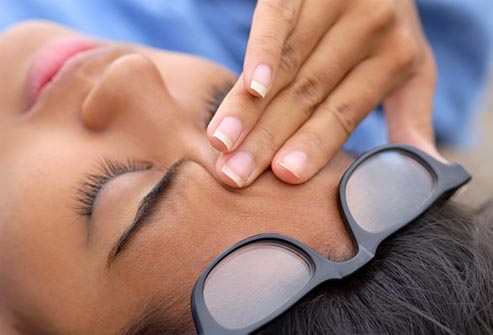According to the Anxiety and Depression Association of America, women face a 50 percent higher chance of being affected by anxiety than do men. Women also face additional forms of anxiety and depression than men face. Postpartum depression, PPD, affects nearly 13 percent of women who have given birth. These statistics illuminate why the focus on women in recovery is deeper than exclusively treating substance abuse. When it comes to treating addiction, especially in women, it is important to screen for dual diagnosis — a co-occurring mental health disorder and substance abuse. It is also important to screen for illnesses associated with trauma, such as Post Traumatic Stress Disorder — PTSD. Due to social pressures and expectations on women as working mothers and stay-at-home CEOs, many choose to self medicate over taking a break for rehab or breaking down and going on medication.

Why Diagnosis of Dual Conditions is Important
Women who self-medicate using alcohol or any number of other drugs, may be using to help themselves cope with their mental illness. Maybe she is extremely shy, and drinks to overcome social anxiety. A depressed person may use marijuana or depressants to help cope with daily pressures. Perhaps a woman suffering from bipolar disorder she is running on empty and fights exhaustion with stimulant drugs.
The Burden of Mental Illness
In our society mental illness carries such a heavy social stigma. Like other medical conditions, mental illness is just that — an illness. Most mental illnesses are treatable and some mental illnesses are temporary. Postpartum depression is a temporary illness that lasts from a few months to a few years. Other mental conditions, such as anxiety and depression are also treatable.
For a large population of female addicts, the key to successful addiction and recovery is a series of steps that begin with screening mental conditions, then addressing a diagnosed mental illness as well as the addiction. Mental illness and addiction share a negative symbiosis and create a vicious cycle that envelops the individual, and if left untreated — consumes her. Consider the yoke of concurrent substance abuse and mental illness on Americans:
-
Eight percent of adults in the United States suffer from a severe mental illness and of those people, four million also had a dual diagnosis
-
About 2.4 percent of full-time adult workers suffer from a dual diagnosis, according to the Substance Abuse and Mental Health Service Administration
-
42.5 million Americans overall — Nearly one out of five — suffer from any form of mental illness
Why Mental Illness is not a Dirty Word
The first thing to realize is that mental illness need not be a dirty word. Being honest about one’s experiences is part of finding power over the disorders. Here in Arizona, there are recovery and trauma treatment centers, anxiety treatment centers, depression recovery centers, bipolar treatment centers and even mental health retreats for women. These rehabilitation opportunities are comfortable, caring and a few customize treatment to include an individual’s dual diagnosis. Look for your local dual diagnosis facility today, to end bad self medication and overcome mental health and addiction struggles.

